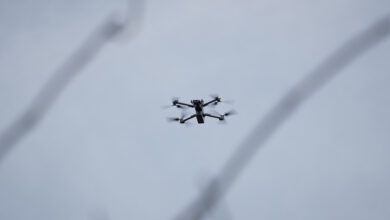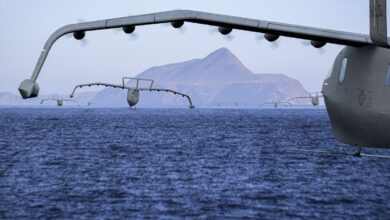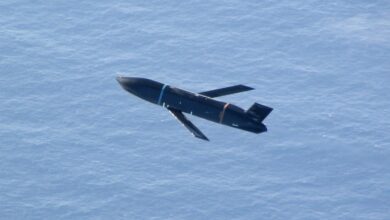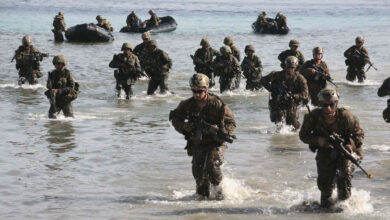The US Marine Corps (USMC) live-tested a Navy/Marine Expeditionary Ship Interdiction System (NMESIS) last month.
Marines with the 1st Marine Division test-fired the anti-ship missile system at Naval Air Station Point Mugu, California, from June 27 to 29.
The test marked the Raytheon system’s third live test following previous test launches in November 2020 and August 2021.
For Future Wars
The missile is a crucial piece of the service’s Force Design 2030 modernization effort, which calls for restructuring the service’s combat power for future neer-peer conflicts in the Western Pacific.
The Joint Light Tactical Vehicle-mounted medium-range missile system provides greater flexibility and survivability to the Marine Littoral Regiments (MLRs).
According to Lt. Col. John Fraser, the system will be a part of littoral regiments’ expeditionary advanced base operations.
14 NMESIS Batteries by 2030
The USMC plans to field 14 NMESIS batteries: three for littoral regiments and 11 for continental ones. Each battery consists of 18 launchers, according to Naval News.
The 3rd Marine Littoral Regiment is tipped to receive the first battery in the fourth quarter of 2023, according to the outlet.
The service plans to declare the initial operational capability of the system in 2025 once four batteries have been fielded. Full operational capability is expected in 2030 after fielding all 14 batteries.
Features
The Raytheon/Kongsberg missile can strike targets at a range of 100 nautical miles (185 kilometers/115 miles) and has stealth features for reduced signature.
The missile features inertial and GPS guidance and a passive dual-band infrared seeker for terminal homing that helps it evade electronic warfare systems.











